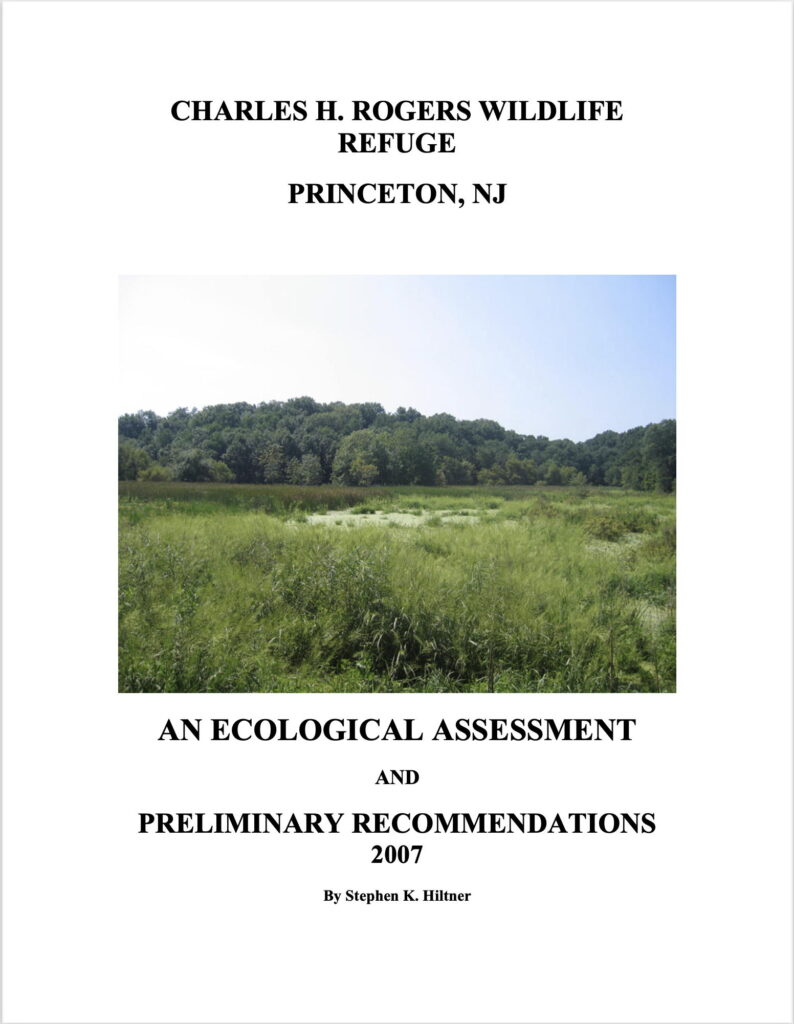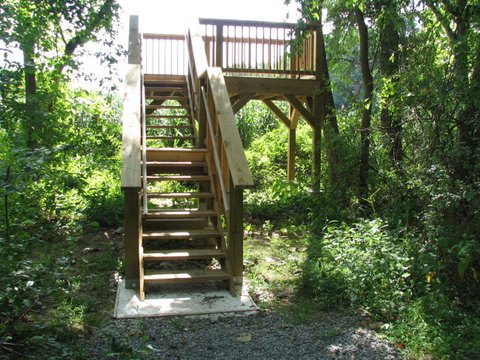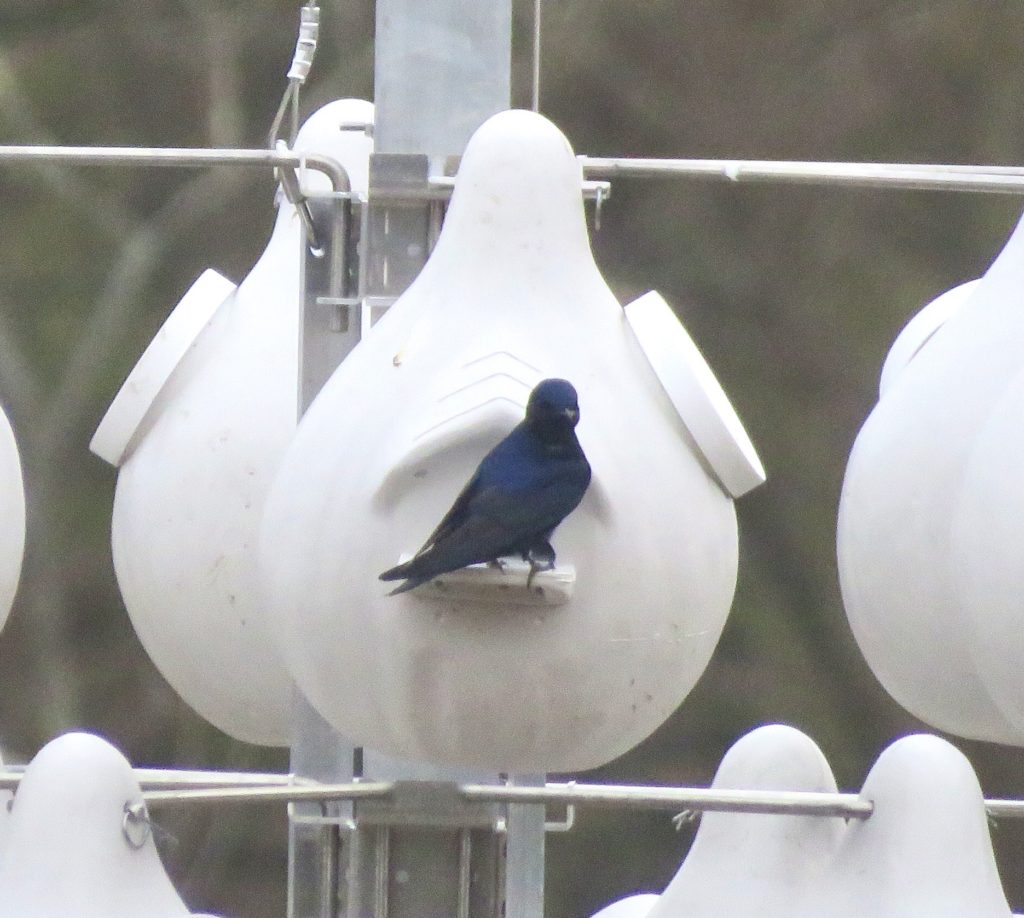Nature Study and Enjoyment
Rogers Refuge is an outdoor laboratory for nature study and a sanctuary for both human and animal use. These links lead to some of the riches it offers.
Birds: the original and still favorite reason to visit.
Photography at the Refuge: a gallery.
Dragonflies: List and images by Mark Manning.
Sounds: A video experience of the sounds of the Refuge by artist Mary Waltham.
Plants: An inventory is included in the 2007 Environmental Assessment
Links to more web resources – please scroll down.
Birds and birding resources
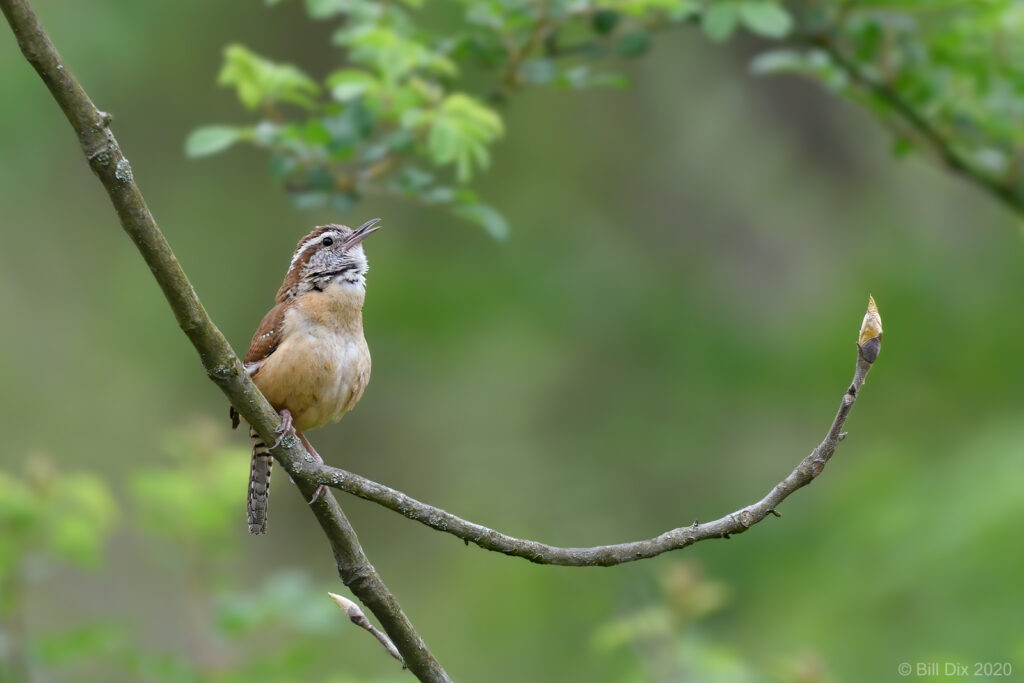
Online birding forums
The Friends of Rogers Refuge sponsors a Listserv forum with news, announcements, and discussion. To join, send an email to listserv@princeton.edu with this text:
SUB rogersrefuge
If you have questions, send mail to rogersrefuge-request@princeton.edu
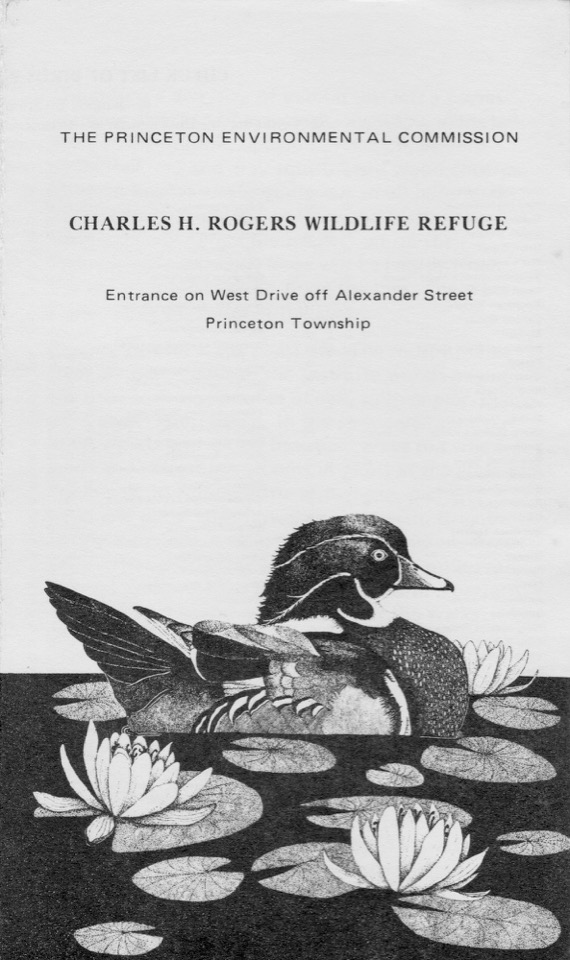
The 1977 Checklist
A checklist of birds seen in the Refuge up to 1977 was compiled by Ray Blicharz, Cynthia Fox, and Janet Aylward for a field card published by Princeton Township. A copy is available as a PDF Download.
The list was updated in 2005 by Tom Southerland and Laurie Larson. The text is available as a PDF download. Once again, it needs updating.
While working on the 2005 update, Tom compiled some interesting notes.
The Babson List
In 1901, The Princeton University Bird Club published the first (and apparently only) issue of its Bulletin. The issue contained an annotated list of birds of Princeton and vicinity, compiled by W. A. Babson.
Some of the species are still common, while some have disappeared except as accidental strays. A copy is available to read online or download.
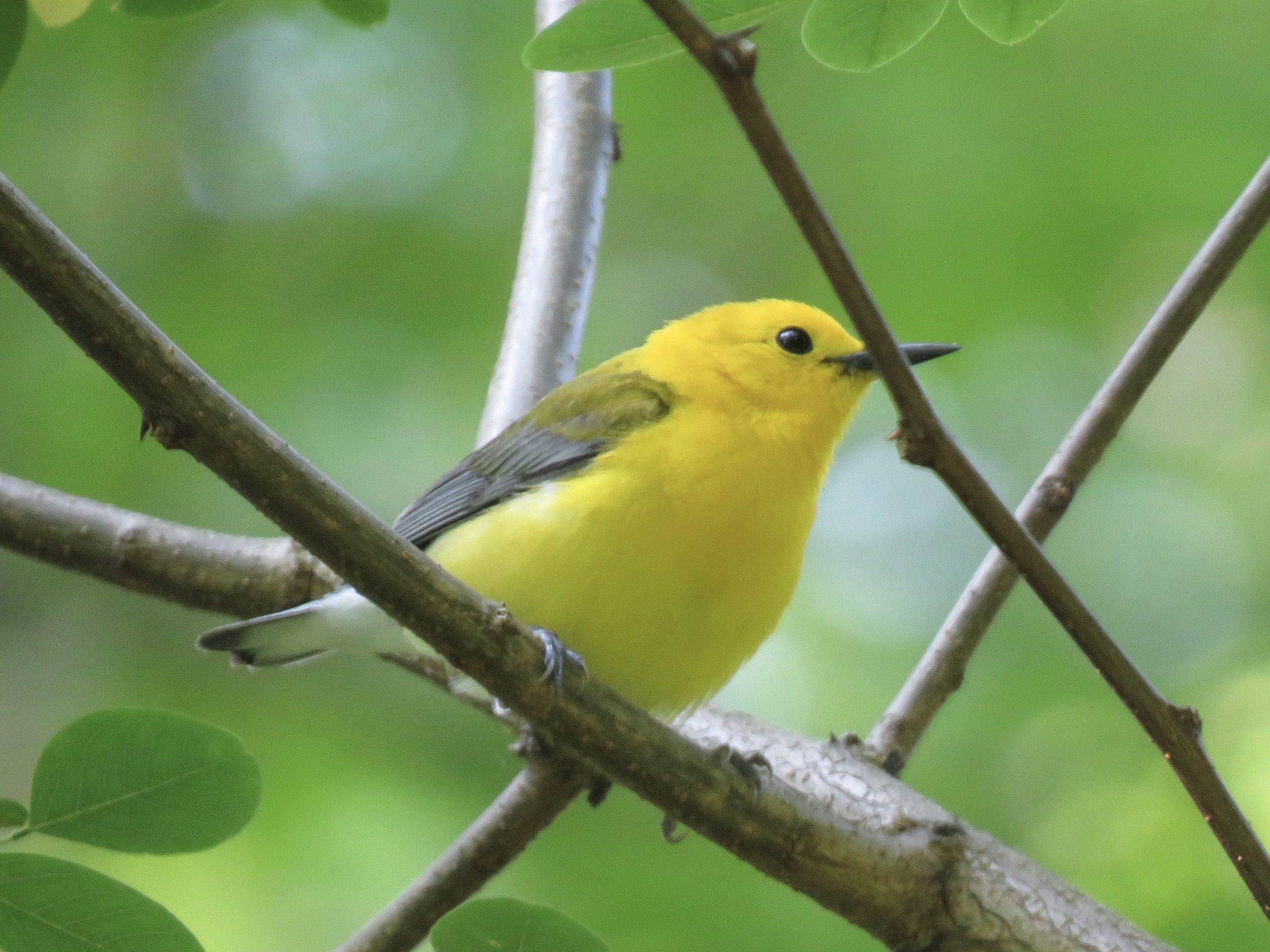
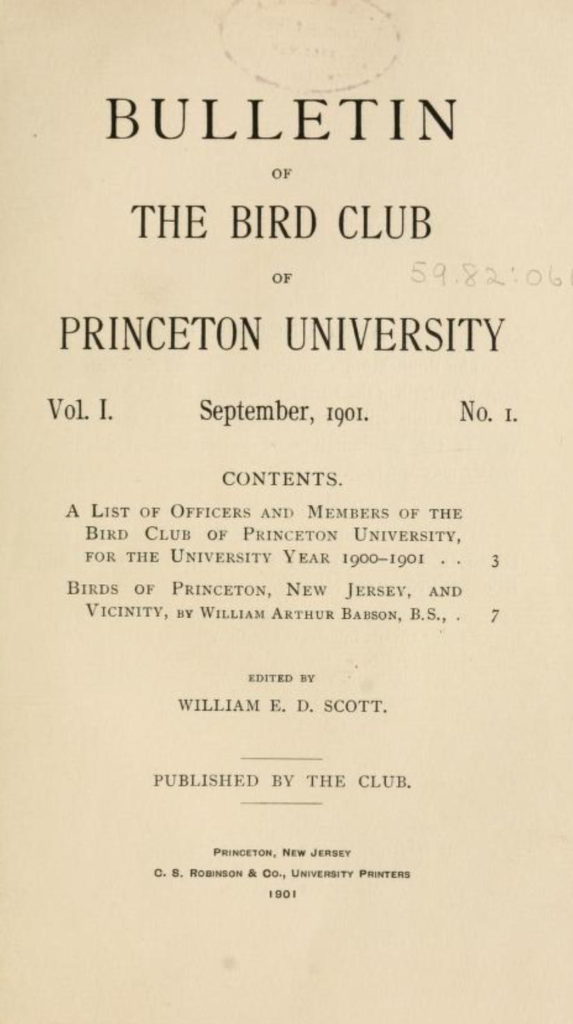
Charles Leck, eminent Rutgers ornithologist as well as a Princeton native, used Babson’s list as the basis of a comparative study in 1974. Download a copy or click to read it.
The 2007 Environmental Assessment
Stephen Hiltner assessed the Refuge’s natural resources, history, and environment in 2007; he proposed ways to preserve and enhance the refuge for both people and nature. Data from the 1995 Breeding Bird Atlas is included, as well as his plant survey and much more. The complete report is available as a downloadable PDF document (65 pp).
